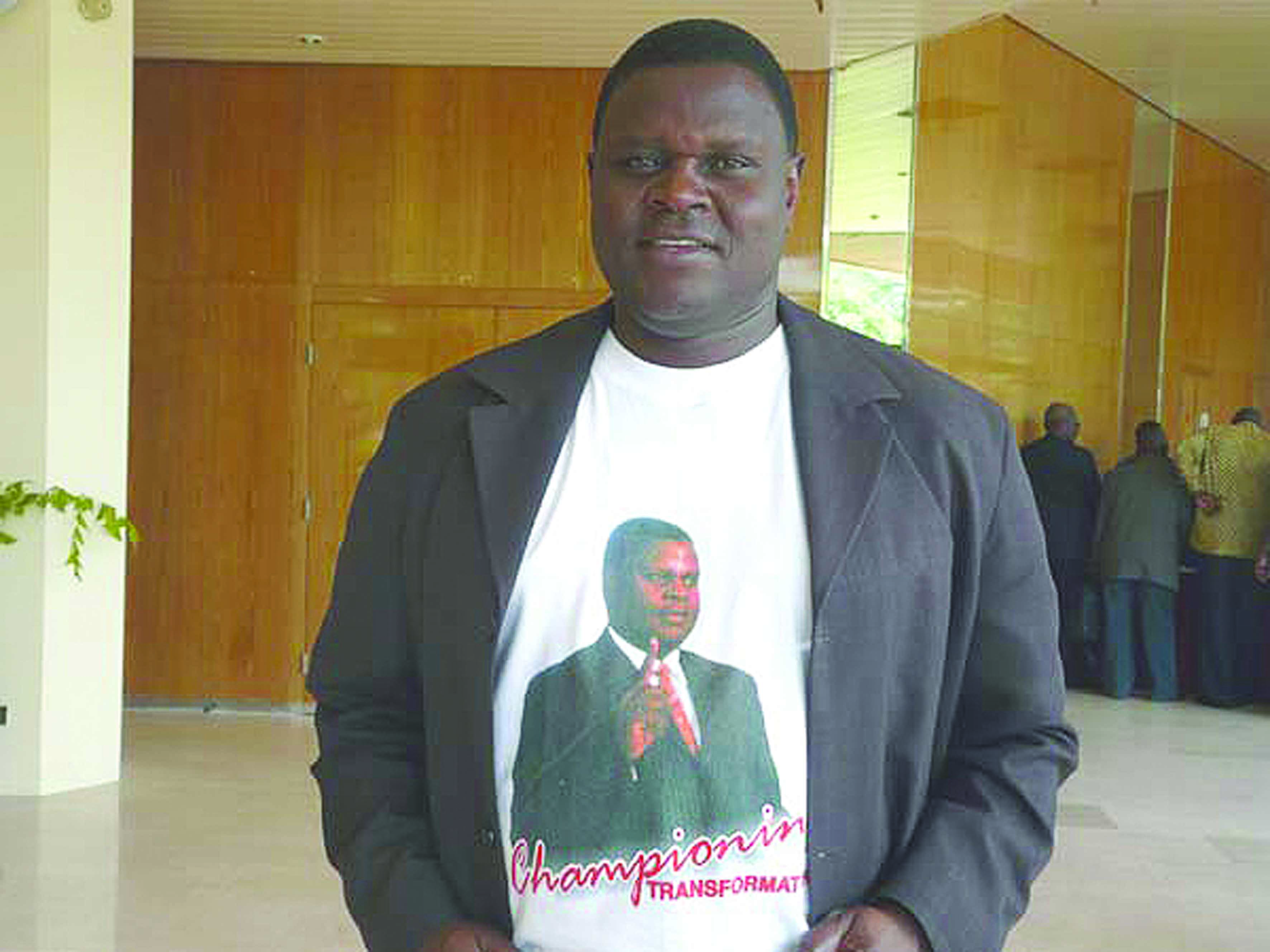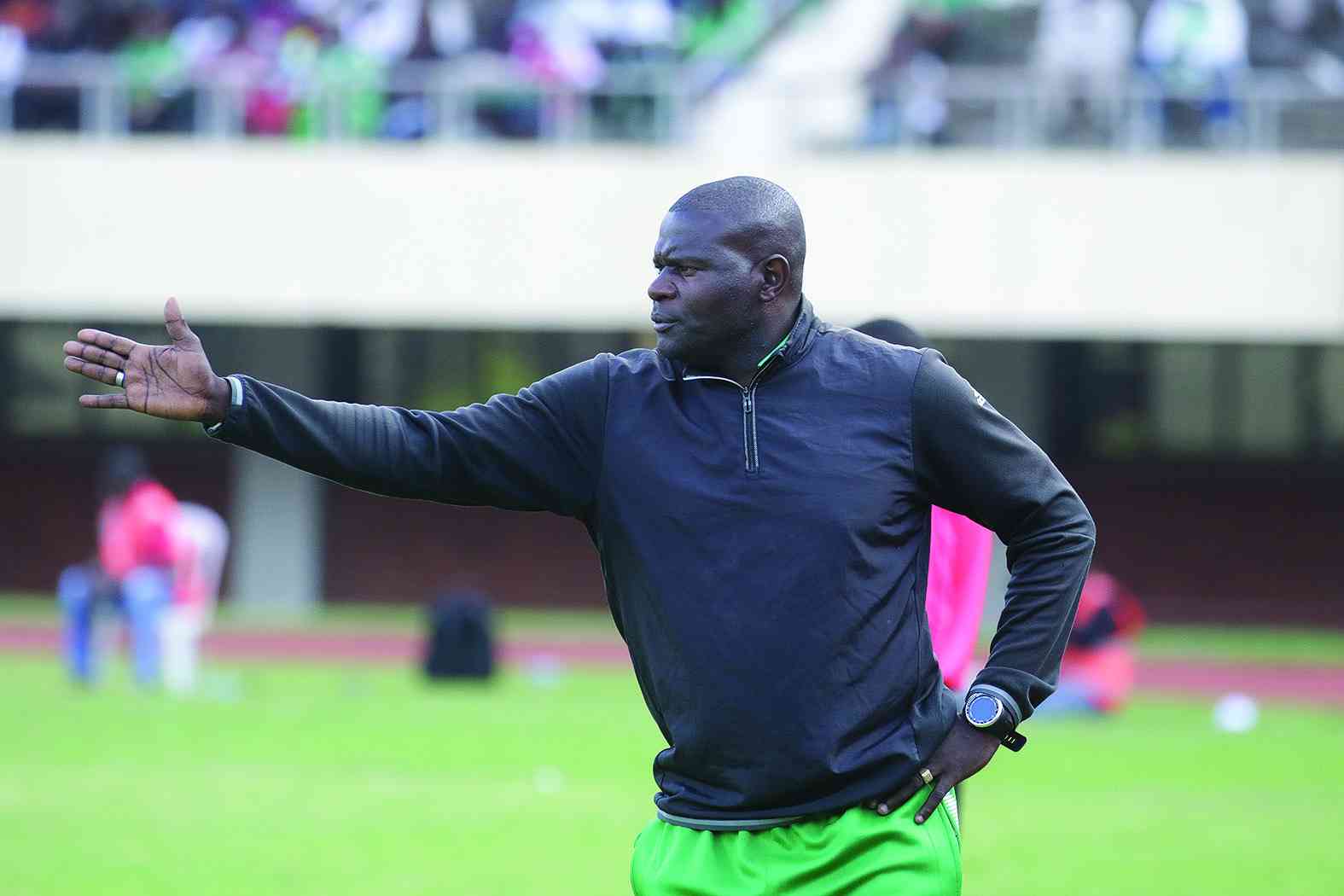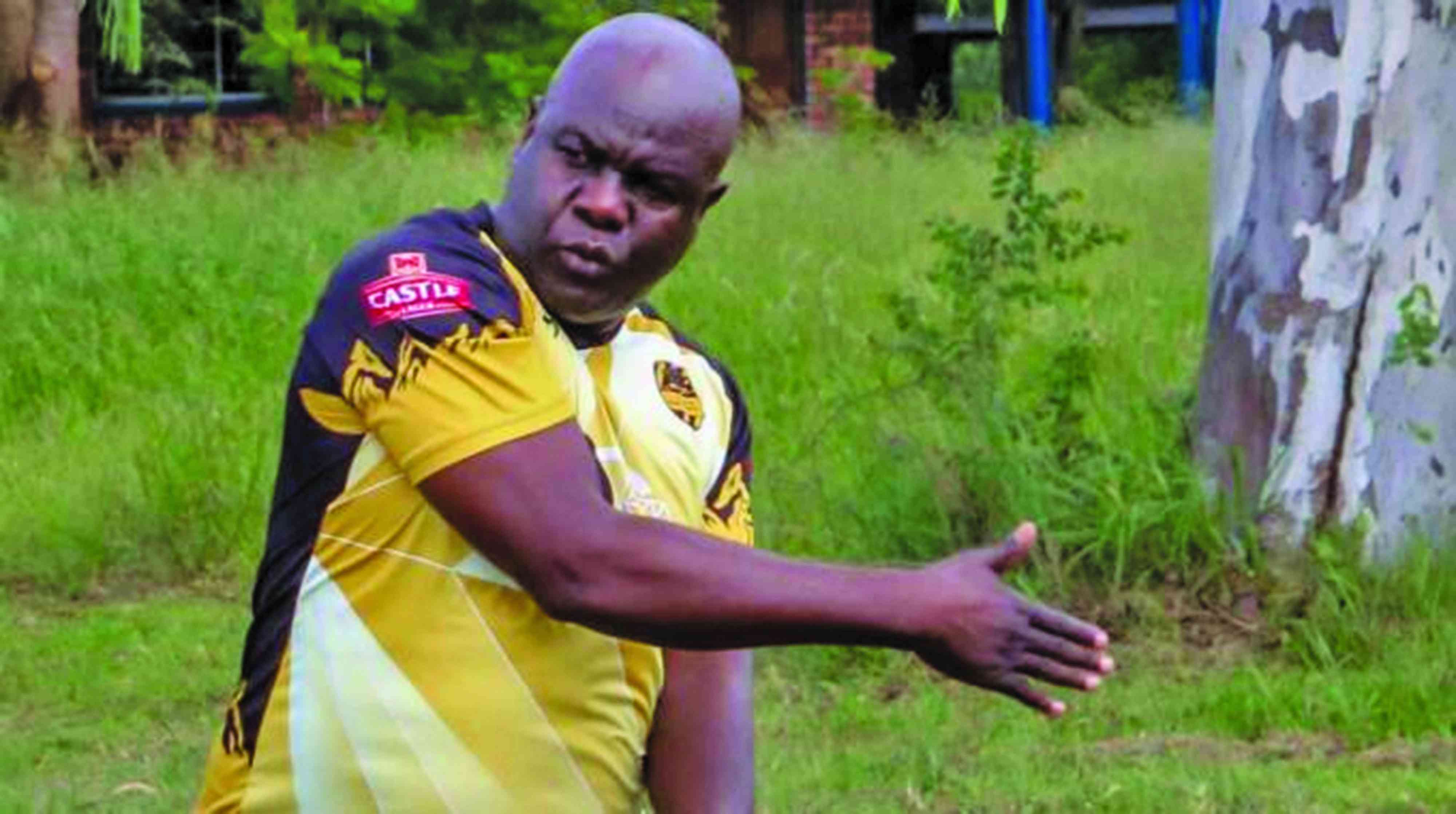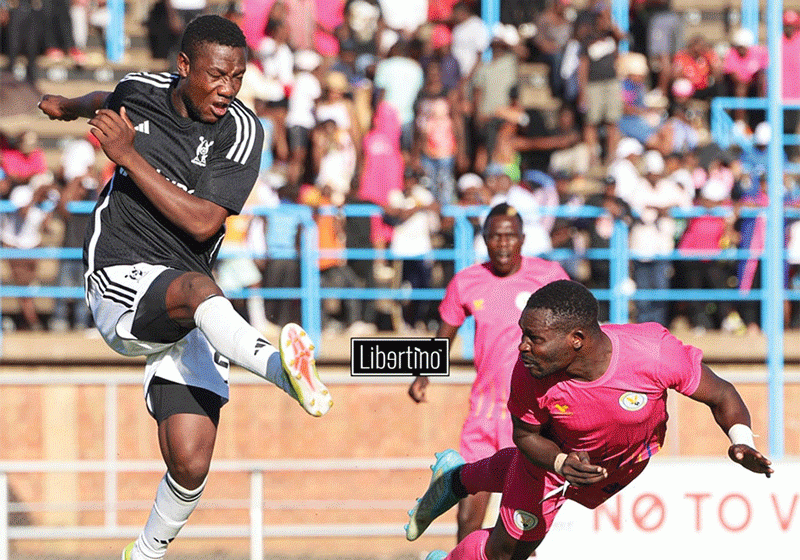
RENOWNED Zimbabwe sports administrator Robert Mutsauki rates his time at the then Amateur Athletics Association of Zimbabwe (AAAZ) as the major highlight of his sports administration career.
BY DANIEL NHAKANISO
AAAZ was later named Athletics Zimbabwe and now it is called the National Athletics Association of Zimbabwe (NAAZ) Mutsauki, who began his athletics career as a sprinter for the ZRP Athletics Club in 1982, was the president of the local athletics body when Zimbabwe transformed itself from being a minnow into one of the continental powerhouses on the athletics scene.
In 1986, the AAAZ recommended Mutsauki to take up a 16-month sports scholarship at the University of Mainz, Germany, where he obtained an athletics coaching diploma.
From then, Mutsauki grew in stature both as a coach and administrator, first being appointed the chief coach of the ZRP Athletics Club, before taking up the position of assistant sports director at the University of Zimbabwe.
Mutsauki was then appointed president of the then AAAZ in 1993, a position he held until 1997, before moving to Sports and Recreation Commission, the Zimbabwe Olympic Committee (ZOC) and — until last year — the Association of National Olympic Committees of Africa.
However, despite all the success during the latter stages of his sports administration career, it is his time with the local athletics body which he says still holds a special place in his heart.
Widely regarded as the golden generation of Zimbabwean athletics, the ’90s saw the emergence of world-class athletes, many of whom still hold the country’s national records to this day.
- Chamisa under fire over US$120K donation
- Mavhunga puts DeMbare into Chibuku quarterfinals
- Pension funds bet on Cabora Bassa oilfields
- Councils defy govt fire tender directive
Keep Reading
Many will recall top athletes such as middle and long-distance runner Julia Sakala, tripple and long jumper Ndabezinhle Mdlongwa, sprinter Fabian Muyaba, Ken Harnden, Savieri Ngidhi, among others.
“I have realised that people remember me most from the time I was with ZOC, but I believe it was with AAAZ that I made the most impact,” Mutsauki told NewsDay Sport.
“During that time, I was the president of AAAZ and I was working with the likes of Edward Siwela, who was the secretary- general at the time. Everyone will agree with me that athletics was at its peak in Zimbabwe in terms of producing world-class athletes.
“We would go to the IAAF World Athletics Championships with more than 10 athletes with a number of local athletes making it into the finals.”
Mutsauki said the impact made by athletics in the ’90s was still being felt up to this day.
Various national records in athletics which are still standing up to this day were made in the ’90s with the likes of Phillimon Hanneck (1 500m, 3 000m, 1 000m and 15km), Ngidhi (tripple jump), Tendai Chimusasa (10km, 25km) Harnden (400m hurdles), among others, featuring prominently on the list.
Mutsauki said during that time the mother body was actively involved in facilitating scholarships for talented athletes and would closely monitor their progress while abroad.
“If you look at our national records in athletics, these are the athletes whose records are still standing up to today,” he said.
“They were produced during that time and I believe the main reason we were able to get the best out of these athletes is because there was a connection between the mother body and the athletes even those who were based in the States. “We used to monitor their performances and second them for international competitions like World Championships and Olympics and the IAAF Grand Prix circuit.
“I think that is no longer the case now. We have a number of athletes that have gone to the US on scholarships in sports like athletics, swimming and tennis and one of the reasons is because of the lack of connection between the athletes and the national sports association because they would have gone there on their own initiative.
“When they are not selected, they get frustrated and will probably forget about sports and concentrate on their academics. In that period, we tried to make it our programme as an association and we would try to harness everybody.”
In addition to the success on the international calendar, Zimbabwe had a highly competitive domestic circuit which attracted massive sponsorship for the association.
Mutsauki said there was a need to increase the number of local competitions if the country was to realise its full potential. “One of the reasons why we were successful in athletics was because of the growing interest towards athletics which was reflected by the large number of spectators at our local events,“ he said.
”This was the reason why we attracted massive sponsorship from the likes of Dairibord, Blue Ribbon Foods, Mobil Oil, Old Mutual, among others, because everyone wants to be associated with success and if the sport is well run you are likely to secure sponsorship.”
Mutsauki’s heart, however, bleeds at the state of local athletics at the moment.
At the last Olympic Games in London, Zimbabwe had no athlete in track and field events and three marathon runners, a far cry from the past when a large contingent of local athletes would qualify for the prestigious competition.











